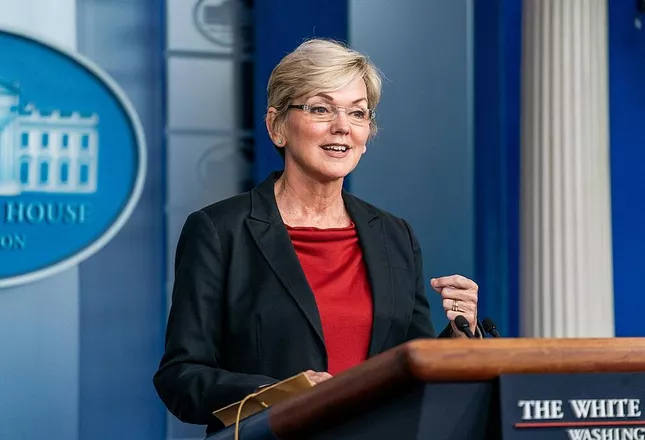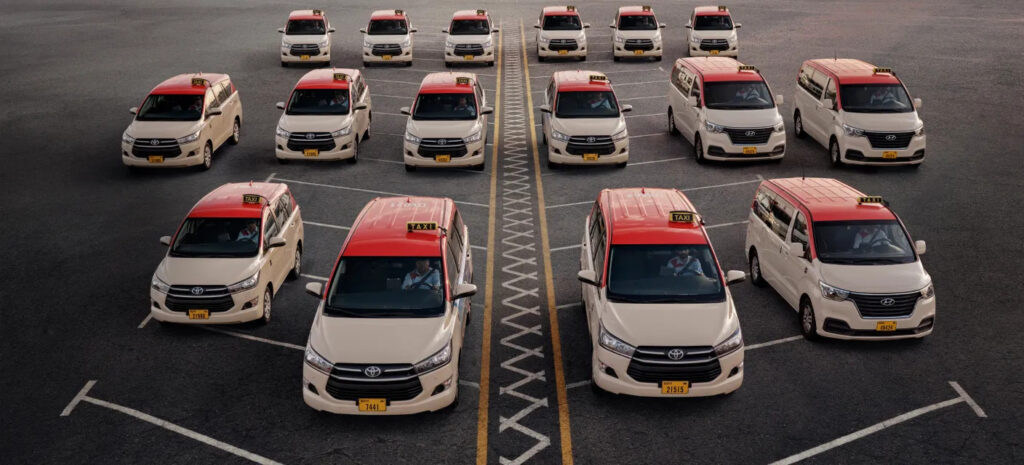
globalbizmag.com
US Announce Plans to Reduce GHG Emissions from Buildings by 2050
The US government is moving fast to minimise greenhouse gas (GHG) emissions from the buildings setting emission reduction targets of 65% by 2035 and 90% by 2050.
The blueprint entitled “Decarbonising the US Economy by 2050: A National Blueprint for the Buildings Sector,” was developed by the US Department of Energy (DOE) in collaboration with the Department of Housing and Urban Development (HUD), the Environmental Protection Agency (EPA), and other federal agencies.
The Blueprint is the first sector-wide strategy for building decarbonisation developed by the federal government, underscoring President Joe Biden’s whole-of-government approach to cutting harmful carbon emissions and achieving the nation’s ambitious clean energy and climate goals.
Pollution from buildings is costing $370 billion in annual energy costs and reducing GHG emissions from buildings is essential to reaching the government’s goal of achieving net-zero emissions by 2050.
The Blueprint projects reductions of 90% of total GHG emissions from the buildings sector, which will save consumers more than $100 billion in annual energy costs and avoid $17 billion in annual health costs.
US Secretary of Energy Jennifer M Granholm said that America’s building sector accounts for more than a third of the harmful emissions jeopardising air and people’s health, but the government has developed a forward-looking strategy to slash these pollutants from buildings across the nation.
“As part of a whole-of-government approach, DOE is outlining for the first time ever a comprehensive federal plan to reduce energy in our homes, schools, and workplaces—lowering utility bills and creating healthier communities while combating the climate crisis,” she said.

Stress on Affordability
One in five Americans lives in a household that is at least one month behind on its energy bills, according to the US Census Bureau Household Pulse Survey and economically disadvantaged communities are more likely to face energy insecurity due to high energy costs.
They are also more likely to suffer from the effects of substandard building conditions and health-harming pollution.
To address these inequities, the blueprint emphasises affordability through reduced energy and technology costs, as well as measures that would help make communities more resilient to power outages and climate change-fuelled extreme weather events.
To reach the overall emissions reduction targets for the buildings sector, the blueprint has set four strategic objectives such as increasing building energy efficiency, accelerating onsite emissions reductions, transforming the interactions between buildings and the electricity grid, and minimising the emissions from producing, transporting, installing, and disposing of building materials
Each objective has specific performance targets and market, policy, and technology milestones to reach by 2035 and 2050. Meeting these targets will require accelerated deployment of a wide range of decarbonisation and energy efficiency technologies.
The blueprint outlines coordinated federal actions that can increase the speed and scale with which these solutions are deployed. Those actions include funding research and development to develop lower-cost technologies, expanding markets for low-carbon technologies, providing direct funding and financing, and supporting the development and implementation of emissions-reducing building codes and appliance standards.
In line with the administration’s efforts to help ensure the benefits of the clean energy transition flow directly to impacted communities, the Blueprint also outlines ways that federal agencies can support state, local, and tribal decarbonisation objectives.
To achieve these goals, DOE is focused on building innovations in three pivotal areas: building upgrades, efficient electrification, and smart controls. DOE’s approach strives to advance scalable technologies and installation solutions for affordable-housing residents while expanding workforce capabilities at the state and local levels.
DOE’s Affordable Home Energy Shot, which aims to reduce the upfront cost of upgrading a home by at least 50% and reduce energy bills by 20% within a decade, will accelerate progress toward the emissions-reduction targets established in the blueprint.










